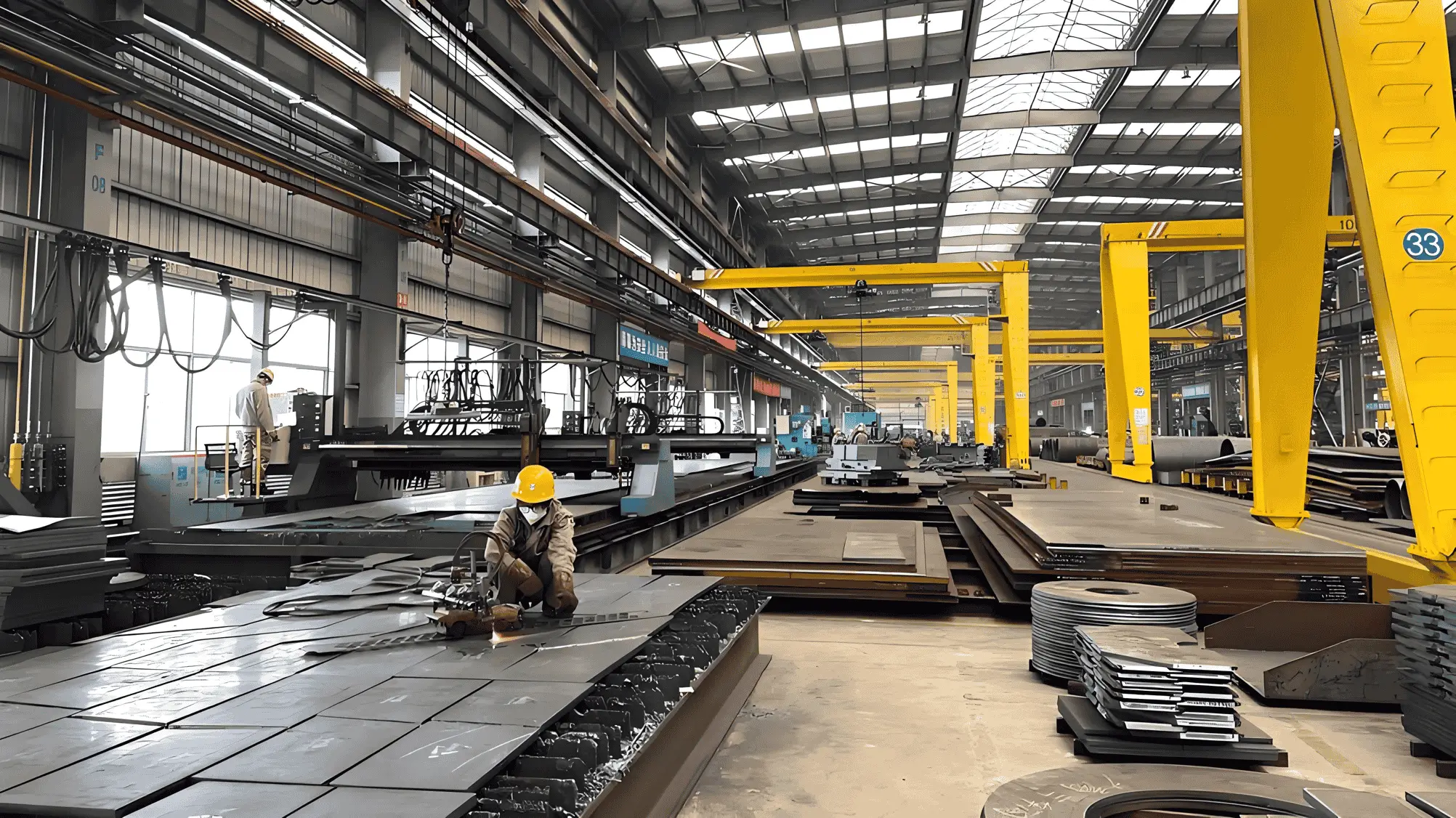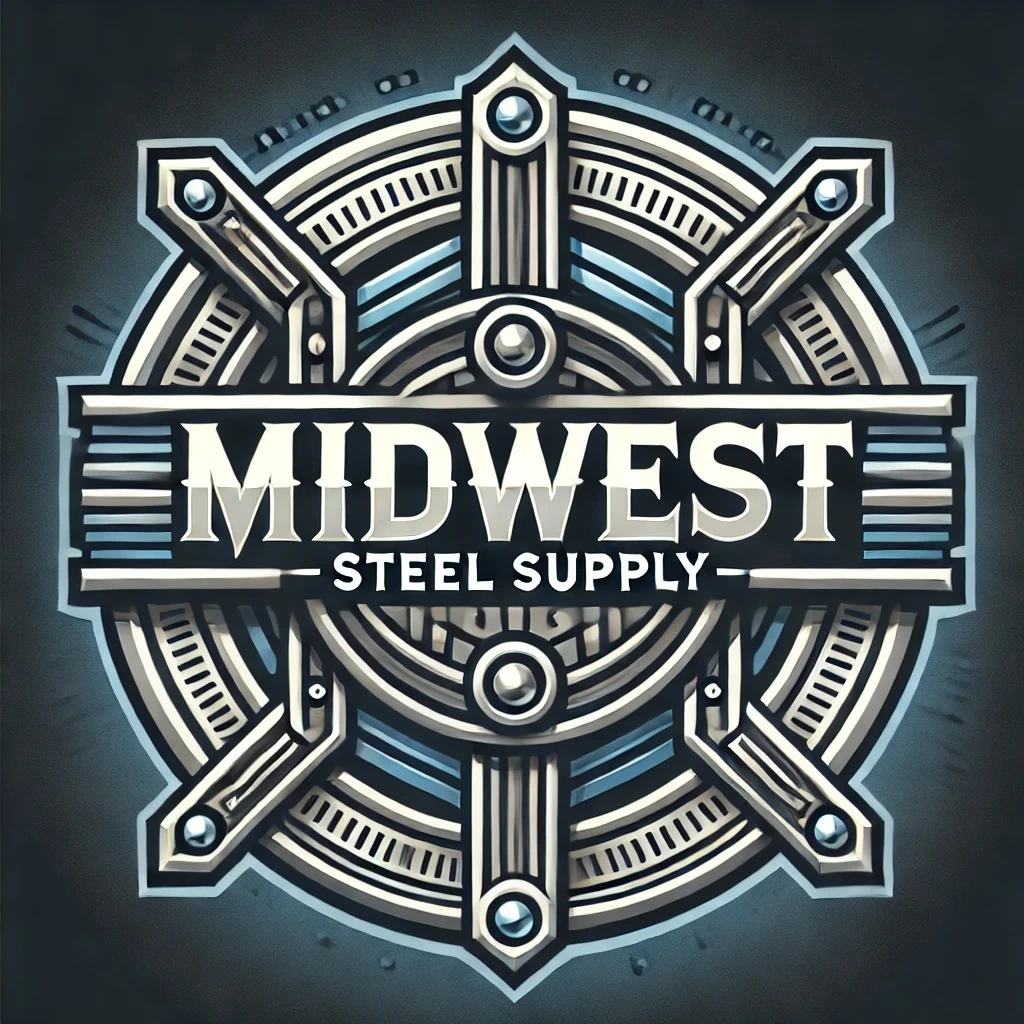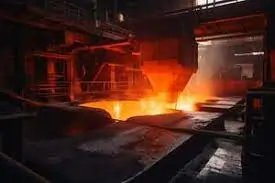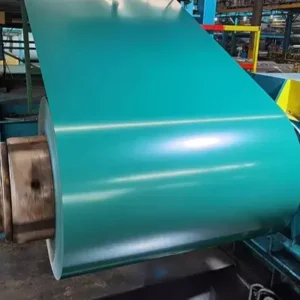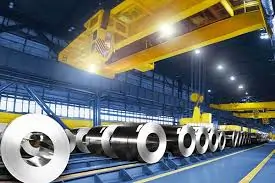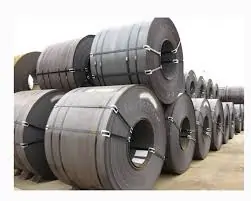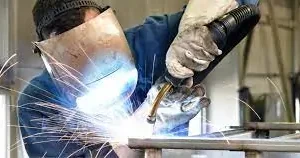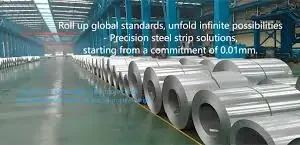Does Galvanized Steel Rust? Understanding the Science and Benefits
Product Menu
- Steel Bar
- Powder High-speed Steel
- Aluminum Strip Coil/Sheet
- Stainless Steel Strip Coil/Sheet
- Hot-rolled Steel Strip Coil/Sheet
- Cold-rolled Steel Strip Coil/Sheet
- Galvanized Steel Strip Coil/Sheet
- Color-coated Steel Strip Coil/Sheet
- Seamless Steel Pipe
- Welded Steel Pipe
- H-shaped Steel
- Angle Steel/Channel Steel
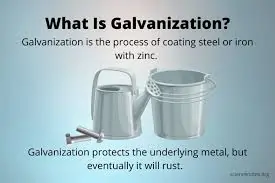
Galvanized steel is one of the most common materials used in construction, automotive, and industrial fields because of its strength, durability, and resistance to corrosion. However, probably the most asked question about galvanized steel is, does it rust? The answer is yes, but only under specific conditions. Let’s dive into the science behind galvanized steel, rust resistance, and factors that may lead to corrosion over time.
What Is Galvanized Steel?
Galvanized steel consists of a zinc coat over steel, which inhibits corrosion. The process, called galvanization, usually employs the dipping of steel into melted zinc, which generates a strong adhesion bond between the two metals. This zinc coating forms a barrier that prevents the entry of oxygen and moisture into the steel, which are the two primary elements that cause rust.
Why Is Galvanized Steel Resistant to Rust?
The zinc coating on galvanized steel provides a dual-layer defense against rust:
- Barrier Protection: The zinc layer physically blocks water and oxygen from coming into contact with the steel, preventing rust formation.
- Sacrificial Protection: Even if the zinc coating is scratched or damaged, it will corrode before the steel does. This sacrificial property ensures that the underlying steel remains intact for a longer time.
Conditions That May Cause Galvanized Steel to Rust
While galvanized steel is highly resistant to rust, certain environmental factors and conditions can lead to corrosion:
- Exposure to Harsh Chemicals:
- Acidic environments, such as those with high levels of sulfur dioxide or chloride, can break down the zinc coating over time.
- Chemicals used in industrial settings, like strong acids or bases, can accelerate corrosion.
- Prolonged Exposure to Moisture:
- Continuous exposure to water, especially saltwater, can gradually wear away the zinc layer, exposing the steel underneath.
- Physical Damage:
- Scratches, dents, or abrasions that penetrate the zinc coating can create vulnerabilities where rust may form.
- High Humidity and Temperature Fluctuations:
- Environments with high humidity and frequent temperature changes can promote condensation, which may lead to localized corrosion over time.
- Long-Term Wear and Tear:
- Over decades, the zinc coating may erode naturally, leaving the steel susceptible to rust.
How to Prevent Rust on Galvanized Steel
To maximize the lifespan of galvanized steel and minimize the risk of rust, consider the following practices:
- Regular Maintenance:
- Inspect galvanized steel periodically for signs of damage or corrosion.
- Clean surfaces to remove dirt, debris, and contaminants that may accelerate wear.
- Proper Installation:
- Use galvanized steel in environments suited to its properties. For example, avoid using it in highly acidic or marine environments without additional protection.
- Apply Protective Coatings:
- Additional layers of paint, powder coating, or sealants can provide extra protection for galvanized steel.
- Avoid Contact with Dissimilar Metals:
- Galvanized steel can corrode when in contact with certain other metals in the presence of moisture due to galvanic corrosion. Use insulating materials to prevent direct contact.
Comparing Galvanized Steel to Other Types of Steel
- Stainless Steel:
- Stainless steel is inherently corrosion-resistant due to its chromium content. However, it is often more expensive than galvanized steel.
- Mild Steel:
- Mild steel is prone to rust without any protective coating. Galvanization significantly enhances its durability and corrosion resistance.
- Weathering Steel (Corten):
- Weathering steel forms a protective rust layer, but it is not suitable for all environments. Galvanized steel offers a more versatile solution.
The Lifespan of Galvanized Steel
The life of galvanized steel depends on environmental conditions and the thickness of the zinc coating. Galvanized steel has a life span of 50-100 years in normal environments. Its life span in more severe environments, such as in marine or industrial settings, can be shorter but will be in the range of 20-50 years with proper maintenance.
Conclusion
Galvanized steel is a great material for applications that require durability and resistance to rust. It is not entirely immune to corrosion, but its protective zinc coating ensures a much longer lifespan than untreated steel. Understanding the factors that influence its performance and taking preventive measures can make galvanized steel serve reliably in various environments for decades.
Lastest Posts List
OEM & ODM
Highly precise technical design team,the design and production of tailored solutions for you.
Contact
